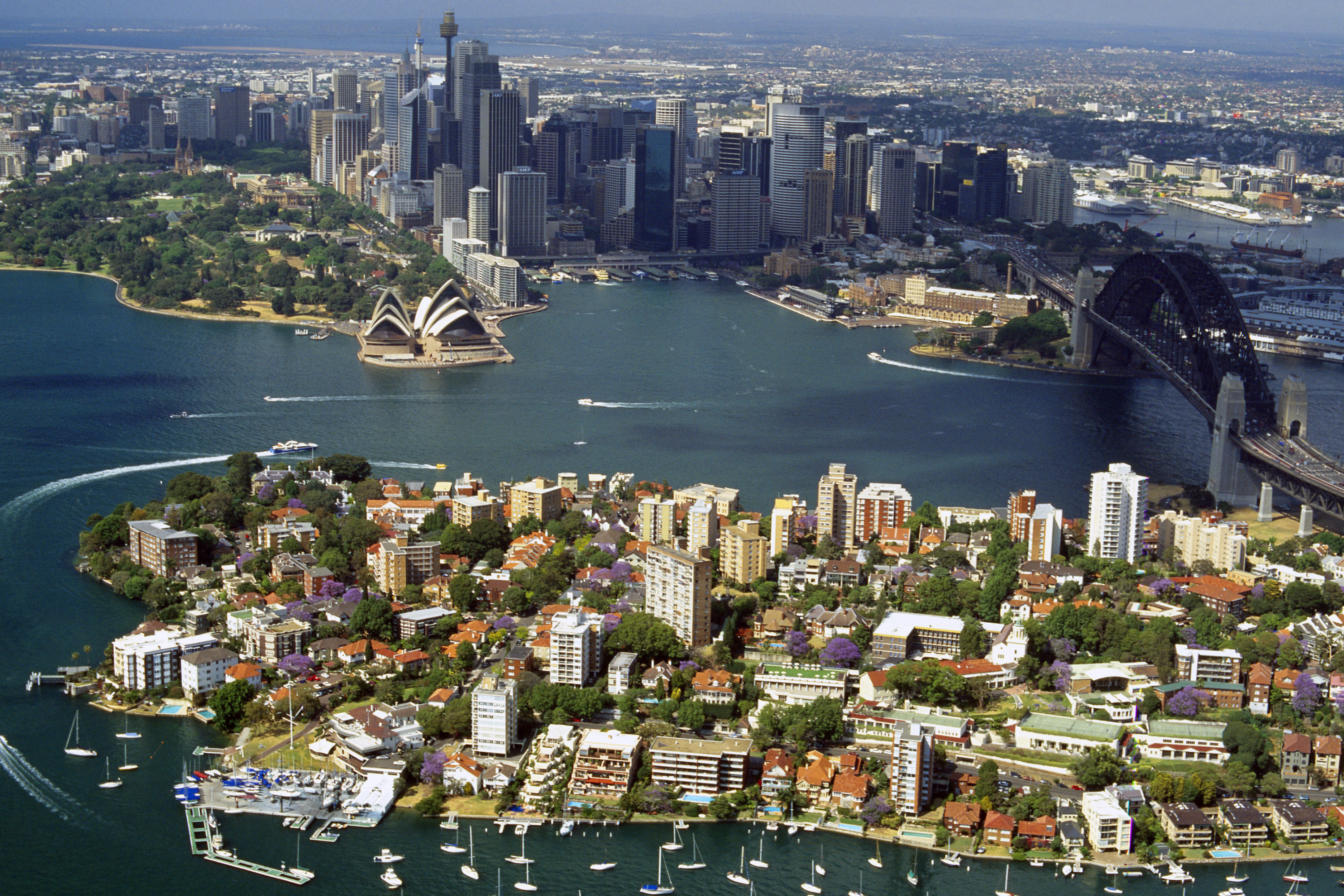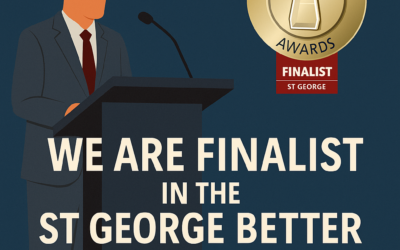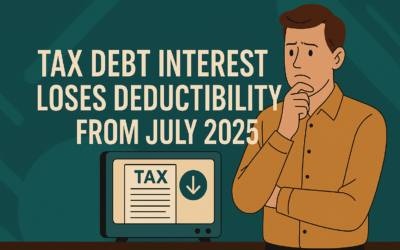The Australian property market continues its upward trajectory in 2024, bringing both excitement and challenges for homeowners and renters alike. Home prices reached new highs in February, with a 0.45% increase marking the highest monthly rise since October 2023. This surge is particularly good news for sellers, but it poses challenges for those looking to enter the market. Competition among buyers is intense, with demand far outstripping supply. As a result, property prices continue to rise, making it difficult for prospective buyers to find affordable homes.
Rental struggle – but is relief in sight?
Renters face their own struggles as rental prices climb. Capital city asking rents rose by 1.4% in February, adding to a 12-month increase of 13.1% as of February 2024. However, there are signs that the pace of rent increases may be slowing, offering a glimmer of hope for tenants.
What property types are performing the best?
Over the past four years, CoreLogic data has consistently shown that houses hold their value better than apartments and units. At the start of 2024, the average difference in median capital city house values had significantly increased to 45.2%, which is around $293,950. This is a considerable jump from the 16.7% difference observed at the beginning of the pandemic in March 2020, indicating sustained high demand for houses. From March 2020 to January this year, capital city house values rose by 33.9%, equivalent to a staggering $239,000 increase. In contrast, unit values only went up by 11.2%, or $65,235, during the same period. Sydney saw the largest gap between house and unit values, reaching 36% over this timeframe.
Housing Affordability Report Reveals It Takes 12.6 Years to Save for a Deposit in Sydney
Despite these challenges, the housing affordability picture is grim for many Australians. Saving for a deposit on a home is becoming increasingly difficult, particularly in Sydney where it now takes an average of 12.6 years to save for a standard 20% deposit. Across Australia, that figure was slightly lower at 10 years to save for a deposit, though Melbourne is tipped to become Australia’s biggest capital city. In the five years to September, the time it took to save for a deposit in Melbourne lowered from 10.2 years in September of 2018 to 9.6 years today. The housing affordability report paints a concerning picture, with the portion of income required to pay down a new home loan rising to 46.2%, putting many households at risk of mortgage stress. In summary, whilst the property market offers opportunities for some, it presents significant hurdles for others, highlighting the ongoing challenges of homeownership and rental affordability in Australia – but there is still hope. At Sanford Finance, we’re committed to helping our clients achieve their financial goals. Whether that means reducing mortgage stress, purchasing your first home or upgrading your current home, renovating, investing or anything in-between – our team is here to help. Contact us today to get started and let’s see what we can achieve in 2024.




